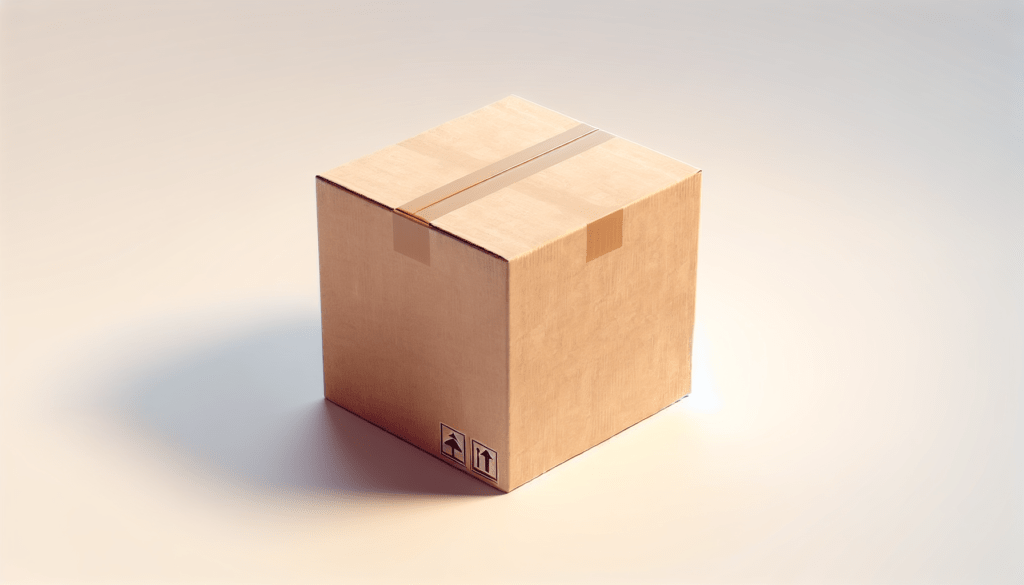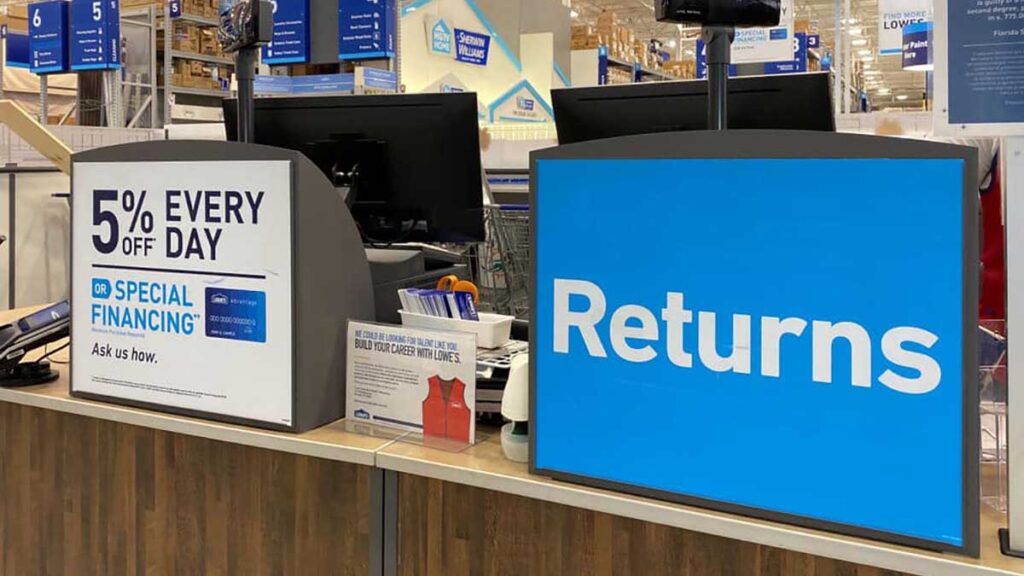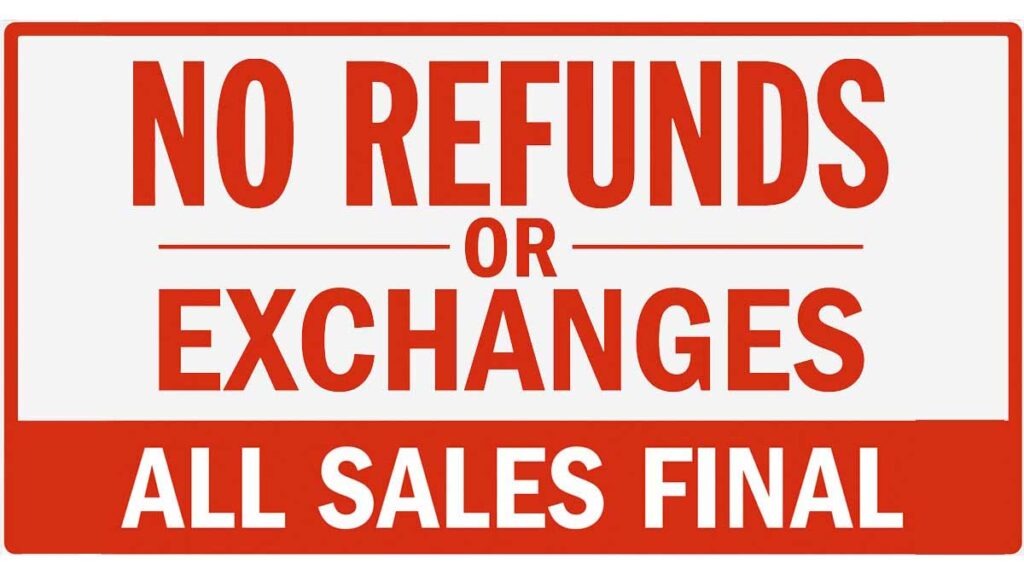You have just made a purchase online and now you’re unsure about the return policy. Don’t worry, we’ve got you covered! In this article, we’ll be addressing the top 10 common questions that you may have regarding return policies.
Whether you’re wondering about the timeframe for returns or the process for receiving a refund, we’ve gathered all the information you need to ensure a hassle-free return experience. So, sit back, relax, and let us guide you through the world of return policies.
1. What is a return policy?
A return policy is a set of guidelines and procedures that a retailer or seller establishes in order to handle customer returns. It outlines the conditions and timeframe in which customers can return items they have purchased. The purpose of a return policy is to provide clarity and transparency to both the seller and the customer regarding the process and expectations for returns.
2. Why is a return policy important?
Having a clear return policy is crucial for both retailers and customers alike. It provides several benefits for both parties involved. Firstly, a well-defined return policy helps to establish trust and confidence in the retailer. Customers feel more secure in making a purchase knowing that they have the option to return the item if it does not meet their expectations. This leads to increased customer satisfaction.
A clear return policy also contributes to customer loyalty. When customers have a positive return experience, they are more likely to continue shopping with that retailer in the future. On the other hand, a confusing or restrictive return policy can deter customers from making a purchase altogether and may result in negative reviews or word-of-mouth.
3. What are the key components of a return policy
A comprehensive return policy typically includes several key components. The timeframe for returns is an important aspect, as it determines how long customers have to initiate a return after their purchase. This timeframe can vary from a few days to several weeks, depending on the retailer.
The condition of the item is another key component. Retailers usually specify that items being returned must be in their original condition, with all tags and packaging intact. Items that have been used, damaged, or altered may not be eligible for return.
The methods of return refer to how customers can send back their items. This can include options such as mailing the item back, returning it to a physical store, or using a designated carrier service.
Lastly, refund options are an essential part of a return policy. Retailers usually offer reimbursement in the form of store credit, exchange for another item, or a refund to the original payment method.
4. Can I return an item if I changed my mind?
Returning an item simply because you changed your mind is a common concern for many customers. While return policies can vary between retailers, most will accept returns for this reason. However, there may be some additional factors to consider.
Some retailers may charge a restocking fee for items returned due to a change of mind. This fee is typically a percentage of the item’s purchase price and serves to cover the costs associated with processing the return.
Return shipping costs are another aspect to be aware of. In some cases, the customer may be responsible for covering the cost of return shipping. However, some retailers offer free return shipping, especially for items that were initially purchased online.
5. Can I return an item without the original packaging?
The original packaging of an item is often a requirement for returning it. This is because the packaging is crucial for ensuring the item’s safety during transportation and resale. Retailers need the original packaging to assess the condition of the item and to have all necessary information for processing the return.
However, there may be some exceptions to this requirement. For instance, if the item is faulty or damaged upon arrival, the retailer may make an exception and accept the return without the original packaging. It is always best to check the specific return policy of the retailer to determine if there are any exceptions in place.
6. What if I received a defective or damaged item?
If you receive a defective or damaged item, most retailers have specific return policies in place to handle such situations. These policies are in place to ensure customers are not held responsible for faulty products and to provide a satisfactory resolution.
The return policy for defective or damaged items may include a longer timeframe for returns or even allow for returns beyond the usual timeframe. Retailers typically arrange for the return shipping to be covered by them, so the customer does not incur any additional costs.
The process for returning these items generally involves contacting the retailer’s customer service department to report the issue. They will guide you through the necessary steps, such as providing evidence of the defect or damage, and may offer compensation options. Compensation options can include a replacement item, store credit, or a full refund.
7. Can I return an item if it was purchased on sale?
Return policies for items purchased on sale can vary between retailers. While some may have the same return policy for sale items as they do for regular-priced items, others may have different terms and conditions.
It’s important to carefully read and understand the return policy for sale items before making a purchase. Some retailers may have a “final sale” policy, which means that items purchased on sale cannot be returned or exchanged.
For sale items that are eligible for return, the refund options may also differ. While some retailers may offer full refunds, others may only provide store credit or exchanges for sale items. Familiarize yourself with the specific return policy of the retailer to ensure you are aware of any limitations or conditions that may apply.
8. Do I need a receipt to return an item?
Having a receipt is typically beneficial when returning an item, as it serves as proof of purchase and aids in the return process. It provides retailers with necessary information, such as the date of purchase, the item’s price, and the form of payment used.
However, not having a receipt does not necessarily mean you cannot return an item. Many retailers have systems in place to handle returns for customers who do not have a receipt. In such cases, the retailer may require alternate proof of purchase, such as a bank or credit card statement, to verify the transaction.
It’s always advisable to keep receipts for your purchases, as they simplify the return process. However, if you do not have a receipt, contact the retailer’s customer service department to discuss alternative options.
9. What is the process for returning an item?
The process for returning an item may vary depending on the retailer, but there are general steps that apply to most returns. Here is a step-by-step guide for returning an item:
- Review the return policy: Familiarize yourself with the retailer’s return policy to ensure you understand the requirements and timeframe for returns.
- Gather necessary information: Collect all relevant information, such as the purchase receipt or proof of purchase, the item’s original packaging (if required), and any additional documentation requested by the retailer.
- Contact customer service: Reach out to the retailer’s customer service department to initiate the return process. They will guide you through the necessary steps and provide any specific instructions.
- Pack the item securely: If applicable, package the item in its original packaging to ensure its safety during transportation. If the original packaging is not required, use suitable packaging materials to protect the item.
- Arrange for return shipping: Follow the retailer’s instructions for returning the item. This may involve printing a return label and arranging for a pickup or dropping off the package at a designated location.
- Track the return: Keep track of the return by using the provided tracking number. This allows you to monitor the package’s progress and ensure it reaches the retailer successfully.
- Await confirmation: Once the retailer receives the returned item, they will typically inspect it and process the return. Depending on the retailer’s policy, you will receive confirmation of the return and any applicable refund or compensation.
- Check your refund status: If a refund is due, monitor your payment method or the provided store credit to ensure the refund is processed correctly. Contact customer service if there are any issues or delays.
- Provide feedback: After the return process is complete, consider providing feedback to the retailer regarding your experience. This can help them improve their return policy and overall customer service.
10. Are there any items that cannot be returned?
While most items can be returned, there are certain categories of products that may be restricted or non-returnable. These restrictions are usually in place to ensure public safety, maintain product integrity, or comply with legal regulations.
Examples of restricted or non-returnable items can include perishable goods, personalized items, intimate apparel, software, and certain types of electronics. It is important to carefully review the retailer’s return policy to determine if any items you are considering purchasing fall under these restrictions.
If you are unsure about the return eligibility of a specific item, contact the retailer’s customer service department for clarification before making the purchase.
In conclusion, understanding the ins and outs of return policies is essential for any consumer. By familiarizing yourself with the key components of a return policy, you can better navigate the process of returning items if the need arises.
Remember to carefully review the specific return policy of each retailer you engage with, as policies can vary significantly. With a clear understanding of the return policy and the necessary steps, you can ensure a smooth and satisfactory return experience.




